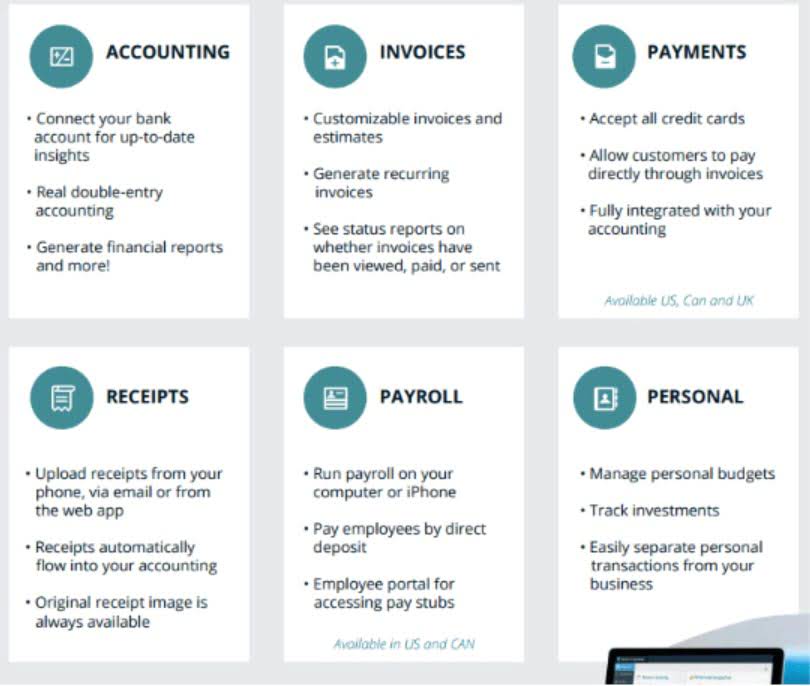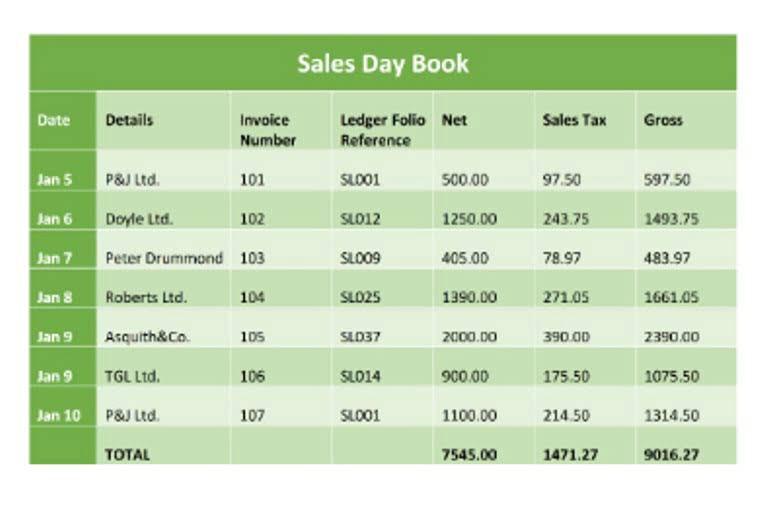Normal Balance of Accounts
12 de março de 2022AxiTrader: An In-Depth Review of a Popular Broker
1 de abril de 2022
This means that when a bond’s book value decreases, the amount of interest expense will decrease. In short, the effective interest rate Mental Health Billing method is more logical than the straight-line method of amortizing bond premium. When a bond is sold at a premium, the amount of the bond premium must be amortized to interest expense over the life of the bond.

Time Warner Cable
The bond’s life of 5 years is multiplied by 2 to arrive at 10 semiannual periods. The account Premium on Bonds Payable is a liability account that will always appear on the balance sheet with the account Bonds Payable. In other words, if the bonds are a long-term liability, both Bonds Payable and Premium on Bonds Payable will be reported on the balance sheet as long-term liabilities. The combination of these two accounts is known as the book value or carrying value of the bonds. On January 1, 2024 the book value of this bond is $104,100 ($100,000 credit balance in Bonds Payable + $4,100 credit balance in Premium on Bonds Payable).
- The bond amortization aims to match the interest expense of the bond with the interest payments over the life of the bond.
- When a bond is issued at a price higher than its par value, the difference is called bond premium.
- Learn to accurately calculate and amortize bond premiums, understanding their financial impact and essential tax considerations.
- Once you select your preferred amortization method, we seamlessly generate the corresponding premium/discount amortization schedules.
- The constant yield method amortizes the bond premium by multiplying the purchase price by the yield to maturity at issuance and then subtracting the coupon interest.
Market Interest Rates and Bond Prices
The straight-line method can lead to slight discrepancies in interest expense recognition compared to the effective interest methods. The effective interest method is one method of calculating how the premium or discount on bonds payable should be amortized to the interest expense account over the lifetime of the bond. Corporate investors may be more focused on the impact of bond premium amortization on their earnings before interest, taxes, depreciation, and amortization (EBITDA). The amortization can reduce the amount of reported interest expense, potentially improving the company’s financial ratios and attractiveness to investors. The primary advantage of premium bond amortization is that it is a tax deduction in the current tax year.

How to Calculate Commission Based on Varying Rates in Excel
In this scenario, the bondholder receives higher interest payments, resulting in a lower amortization of principal. Conversely, if the coupon rate is lower than the market interest rates, the bond is trading at a discount, leading to higher amortization of principal as the bondholder receives lower interest payments. Prepayments play a pivotal role in the world of bond investments, and understanding how they affect the amortization schedule is crucial for any seasoned investor or financial enthusiast. This step in our journey of mastering the amortization schedule of bonds delves deep into the complexities of prepayments and their ripple effects on your investment.
- This amount reduces taxable interest and is notated “ABP Adjustment” on Schedule B. Box 13 Bond Premium on Tax-Exempt Bond shows the bond premium for the year for covered non-taxable securities.
- This column represents the number of identical periods that interest will be compounded.
- Whether or not that income is taxable depends on the type of bond you invest in.
- For example, a company will have a Cash account in which every transaction involving cash is recorded.
- While the tax benefits are clear, they must also weigh these against the potential for higher yields from other investments.

If interest rates drop significantly after 10 years, the municipality might refinance the bonds at a lower rate. The amortization of the premium paid by investors will be accelerated if the bonds are called early, which could lead to different yield bond premium amortization schedule calculations than initially anticipated. The tax implications of amortizing bond premium are an essential consideration for municipal bond investors.
- In the first period, the bondholder would receive a coupon payment of $250 (5% of $10,000 divided by 2).
- Interest expense is calculated as the effective-interest rate times the bond’s carrying value for each period.
- This reduction in basis ensures that if the bond is held to maturity, there is no capital loss to report, as the bond’s basis will equal its face value.
- The effective-interest method requires a financial calculator or spreadsheet software to derive.
- In our example, there will be interest payments of $4,500 occurring at the end of every six-month period for a total of 10 six-month or semiannual periods.
- By discounting the cash flows, we can determine the fair value of the bond at a given point in time.
Day Count Methodology

The primary difference between the Constant Yield Method and the Effective Interest Rate Method lies in the calculation nuances and application specifics. The Constant Yield Method ensures that the bond’s yield remains constant, providing a stable and predictable interest expense pattern. This method is particularly useful for bonds with complex structures or varying interest rates, as it offers a clear and consistent approach to amortization. While it may require more detailed calculations, the Constant Yield Method is valued for its precision and reliability in financial reporting. When we issue a bond at a premium, we are selling the bond for more than it is worth.
With the straight-line method, DebtBook allows users to choose when to start amortizing the premium/discount. The Effective Interest Rate to retained earnings balance sheet Call method considers whether the stated yield is the Yield to Call or Yield to Maturity. Municipal bonds must be reported at their “yield to worst,” the lowest possible yield.
This gradual repayment of the principal ensures that the investor’s initial investment is returned over time. This is because the carrying value of bonds payable equal bonds payable minus bonds discount or the bonds payable plus bond premium. Hence, once the balance of bond discount or bond premium becomes zero, the carrying value of the bonds payable will equal the balance of bonds payable itself which is the face value of the bonds. In other words, we amortize the bond discount or bond premium to eliminate the discount or premium amount of the issued bond by transferring it to the interest expense account. The effective interest rate method is more complicated than the straight-line method as in the straight-line method, we simply need to divide the discount or premium amount by the life of the bond.

